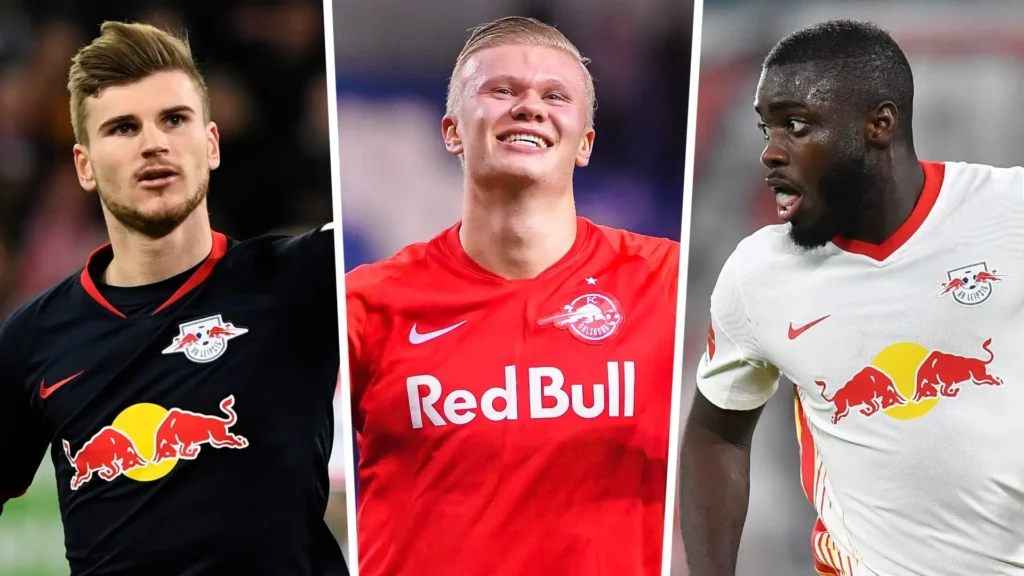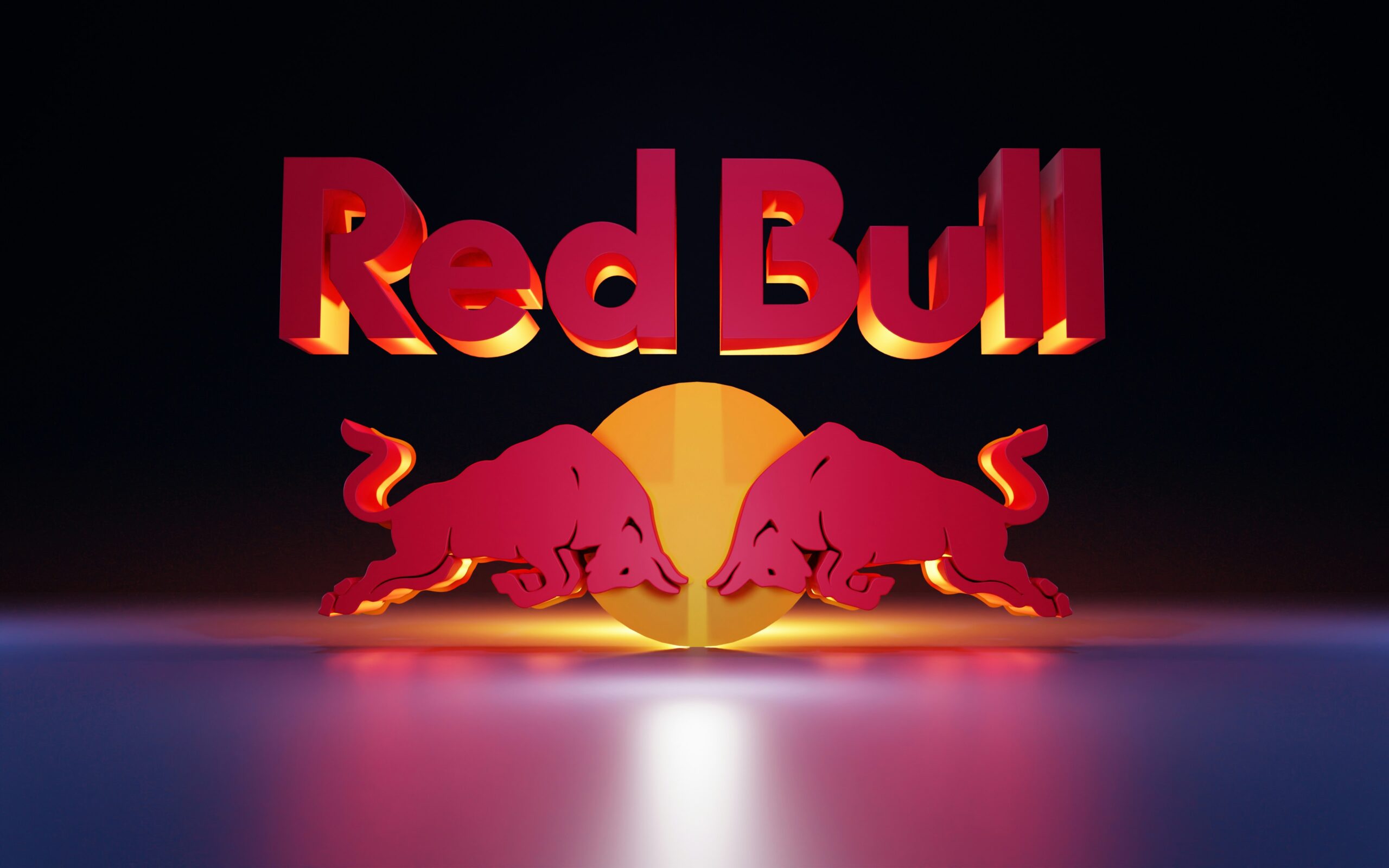Red Bull’s aggressive expansion into the world of football has made waves both on and off the pitch. By taking over clubs such as FC Red Bull Salzburg (Austria) and RB Leipzig (Germany), the energy drink giant introduced a unique multi-club model based on high-tempo playing style, data-driven recruitment, and, crucially, a well-planned financial strategy. In this article, we’ll explore how Red Bull entered football, their methods for attracting and developing players, and the financial mechanics behind their rapid ascent to the upper echelons of European competition.
Investing in Infrastructure and Intangible Assets
At the heart of Red Bull’s approach is the desire to inject substantial capital not only into the recruitment of top players, but also into the less glamorous side of the game: training facilities, academies, and global scouting networks.
- Austria: In Salzburg, Red Bull allocated tens of millions of euros to modernise existing facilities and build a new training complex, an investment frequently cited as around €70 million. These improvements laid a foundation that allowed the club to continuously attract and develop high-potential players.
- Germany: The company’s spending on RB Leipzig—reported at about €100–150 million over several years—has financed academy construction, coaching staff hires, and stadium renovations. Although significant, these amounts are often well below the budgets of larger European clubs that focus on huge transfer fees and top-tier wages. Red Bull’s investment decisions are more like the big, long-term spending you’d see in a company’s capital expenditures (CapEx): large upfront costs intended to yield long-term returns.
From Unknown Talent to Global Stars
Red Bull’s most distinctive trait is its consistent ability to unearth undervalued or unknown players, rapidly develop their talent, and—if the timing is right—sell them on for a significant profit. This strategy has led to remarkable returns on investment (ROI) reminiscent of a successful venture capital approach.
For example, FC Red Bull Salzburg brought in Sadio Mané from the French second tier for about €4 million and later sold him to Southampton for €23 million. Similarly, they recruited Naby Keïta from Ligue 2 side FC Istres, saw him become a star at both Salzburg and Leipzig, and ultimately flipped him to Liverpool for more than €60 million. Erling Haaland followed a comparable path: purchased for roughly €8 million and sold to Borussia Dortmund for €20 million.
These initiatives illustrate how Red Bull’s football business leverages data analytics and global recruitment to quickly identify new talent. Like a savvy investor picking undervalued stocks, Red Bull manages to buy low and sell high, generating crucial cash that can be reinvested into facilities, youth programs, or additional transfers.
A Continental Network: “Vertical Integration” of Talent
Rather than controlling a single club, Red Bull has built a multi-club model spanning Europe and the Americas. Beyond Salzburg and Leipzig, the company also operates New York Red Bulls in MLS and Red Bull Bragantino in Brazil’s top division.
This network creates a sort of “vertical integration” process, where a promising youngster in Brazil might move to Austria’s more competitive environment for two or three seasons, then graduate to Leipzig if they excel. Since all these clubs share a similar high-intensity playing style, the transition is smoother—maximising a player’s performance and, by extension, their market value.
Balancing Profitability with Sporting Ambition
Red Bull’s clubs aim to be self-sustaining and compliant with Financial Fair Play (FFP) regulations. Two crucial elements underpin the financial model:
- Revenue Diversification
Beyond player trading, Red Bull benefits from multiple revenue streams:- Sponsorship & Commercial Deals: Having Red Bull as the main sponsor secures a reliable cash flow.
- Matchday Income: Rapid on-field success has helped Salzburg and Leipzig boost average attendance and matchday revenue. RB Leipzig’s attendance in the Bundesliga averages around 40,000–43,000 per game, translating into higher gate receipts and merchandise sales.
- Broadcast Rights: Regular participation in the Champions League means a share of UEFA’s lucrative broadcasting pool, often surpassing €30–50 million per season for clubs reaching the knockout rounds.
- Wage-to-Revenue Ratio
Clubs under the Red Bull umbrella tend to maintain a healthier wage-to-revenue ratio compared to some traditional giants. This disciplined approach ensures that operating expenses (like player salaries) don’t disproportionately exceed income—lowering the risk of negative EBIT (Earnings Before Interest and Taxes) or unsustainable debt levels.
Financial Synergy and Brand Equity
Besides direct football-related revenue, Red Bull capitalizes on synergy with its primary business—selling energy drinks. By leveraging the visibility of top-tier football and global advertising campaigns, Red Bull’s brand value has soared. According to various brand valuation estimates, Red Bull’s overall brand is worth $9–10 billion, though it’s challenging to pinpoint how much of this is attributable solely to the football ventures. Nonetheless, the intangible benefit of global exposure—especially during Champions League broadcasts—creates a feedback loop that reinforces Red Bull’s image and drives sales.
From a corporate finance perspective, these branding benefits are intangible assets that reinforce Red Bull’s unique selling proposition (USP) in a crowded beverage market. In turn, the football clubs gain stability and easy access to corporate sponsorship, creating a model of vertical integration where each arm of the business enhances the other’s profitability.
Conclusion
Red Bull’s football strategy combines heavy investment in youth development, data-driven player scouting, and strong brand marketing to achieve both sporting and financial success. By running multiple clubs, Red Bull can quickly develop young talent and generate steady transfer profits, all while keeping wages under control and complying with financial regulations. Though some question the authenticity of corporate ownership, the results speak for themselves: Red Bull’s approach has produced winning teams, healthy finances, and a growing presence on the European stage—all signs that this model is here to stay.

https://www.redbullsalzburg.at
https://www.uefa.com/insideuefa/protecting-the-game/club-licensing

